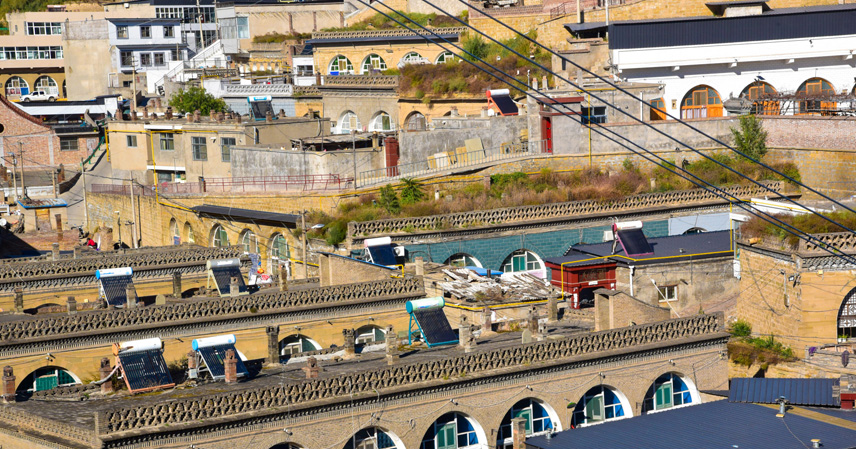Shaanxi is the cradle of the Chinese nation, boasting thousands of years of history, rich culture, and ancient relics. From old towns to historic cities, the region is a living testimony to the past. Previously, we introduced several ancient towns in and around Xi’an, such as Gepai Ancient Town and Qingmuchuan Ancient Town. However, compared with Qingmuchuan, Shaanxi has a “millennia-old city” with even more character—it is China’s only cave dwelling ancient city and the hometown of the legendary beauty Diao Chan.
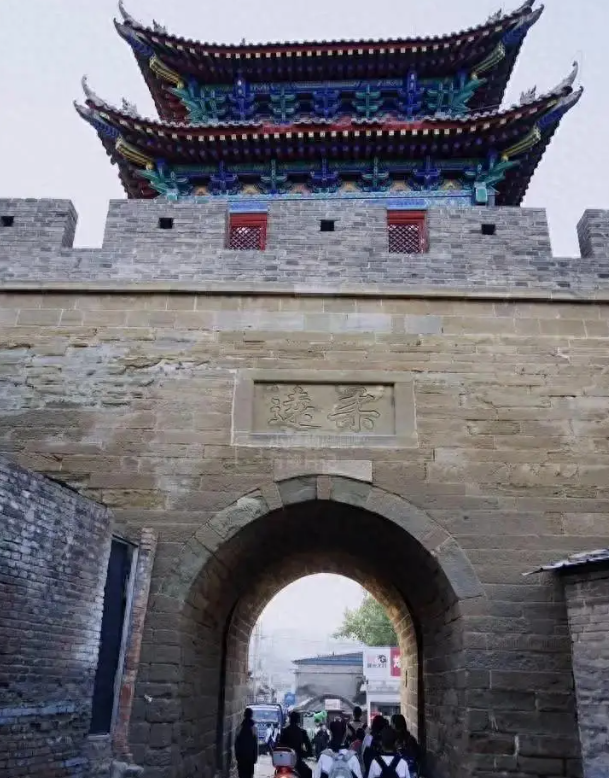
This is the Cave Dwelling Ancient City of Mizhi County, located in Yulin City, Shaanxi. It retains the ancient and solemn architectural style of the Ming and Qing dynasties, making it the only existing cave dwelling ancient city in the nation. Netizens have also dubbed it China’s only “Beauty County”.
When talking about this ancient city, one cannot help but recall a famous folk saying: “Mizhi’s women, Suide’s men, the stone-tiled kilns of the Qing era.” This line from Xintian folk songs made the women of Mizhi famous far and wide and cast a mysterious aura over the Mizhi Cave Dwelling Ancient City. Let’s take a closer look at this remarkable city.
Records show that Mizhi County was established as early as the 5th year of Emperor Wu of Han (106 BC), giving it a history of over 2,000 years. From the beginning of the Song dynasty, it has served as the seat of Mizhi County government for more than 800 years. In recent decades, as the city expanded, a “new town” was developed, and the original area became the “old city”.
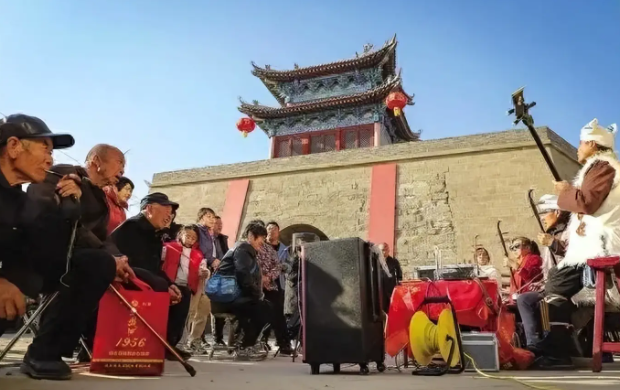
Over its long history, Mizhi has witnessed numerous historical legends. It is not only the alleged hometown of Diao Chan but also the birthplace of Li Zicheng, leader of the peasant uprisings at the end of the Ming dynasty, carrying deep historical and cultural significance.
While cave dwellings are not uncommon in Yulin, Mizhi County’s cave dwelling ancient city is unique due to its preservation of the traditional Ming and Qing architectural style. Intrigued, I embarked on a spontaneous journey to explore it.
Upon arriving, I felt as if I had walked into a cave dwelling museum.
The ancient city is centered around three main streets—East, West, and North—with 13 smaller alleys such as Ruxue Alley, Shipo, and Sikou Alley, forming a layout embraced by mountains and water.
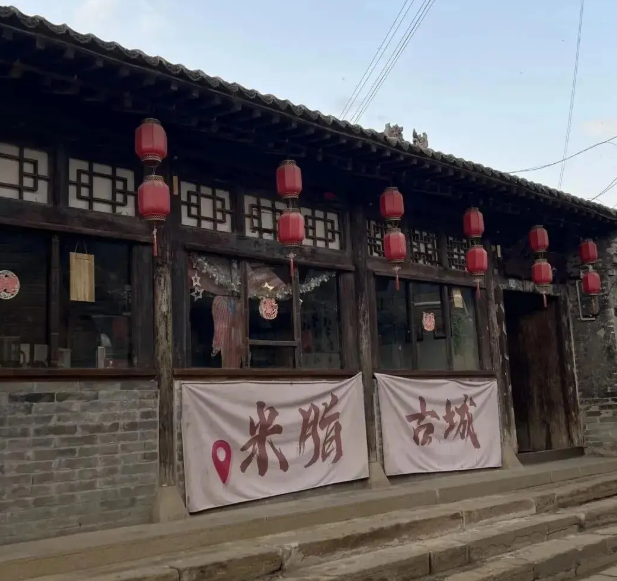
Today, people still live in the ancient city. Unlike typical cave dwellings in northern Shaanxi, these homes resemble large-scale cave courtyard complexes, allowing visitors to appreciate the ingenuity of northern Shaanxi residents and the charm of regional architecture.
Notably, Mizhi is recognized by the United Nations as one of the “Millennial Counties”, selected from 100 historic counties with rich cultural heritage and meaningful place names, with Mizhi County in Shaanxi among them.

Compared to many ancient cities that have been over-commercialized and decorated, Mizhi’s thousands of cave dwellings remain “beautiful without pretense”.
Strolling through the city, one notices that yellow dominates the color palette. Most cave dwellings are built with earth bricks, while some blue bricks have weathered into shades of earthy yellow. The residences around the North Gate are mostly originally preserved, with the city gate standing as the tallest nearby structure, maintaining a strong ancient atmosphere.
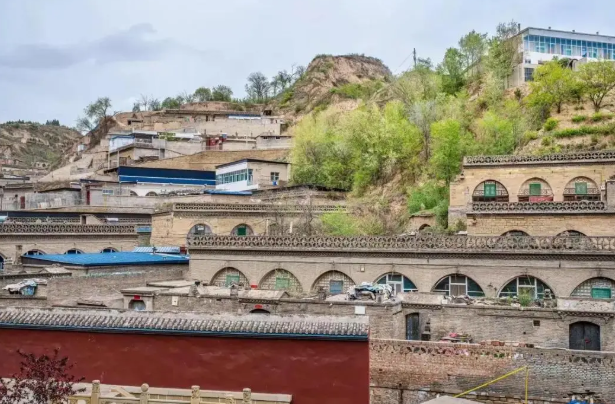
The rustic blue bricks, weathered courtyards, and brick walls tell stories of the past. Every cave and kiln radiates historical warmth, showcasing the unique style of northern Shaanxi.
Location: Southeast of Mizhi County
Transportation: Accessible by self-driving navigation
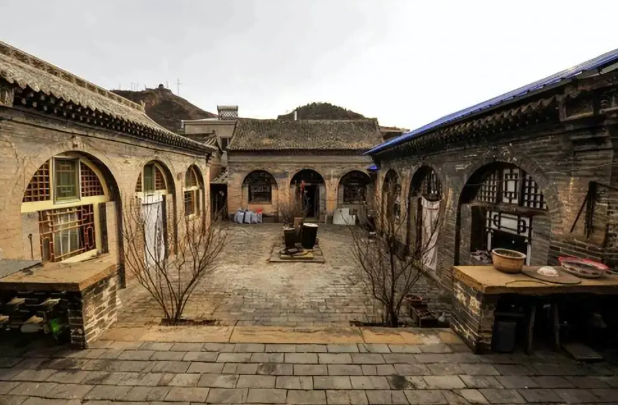
Mizhi, a city carrying a thousand years of history, unfolds like a serene and profound historical painting, waiting to be explored. We’d love to hear your thoughts—what do you think of Mizhi Cave Dwelling Ancient City? Share your opinions in the comments below!

